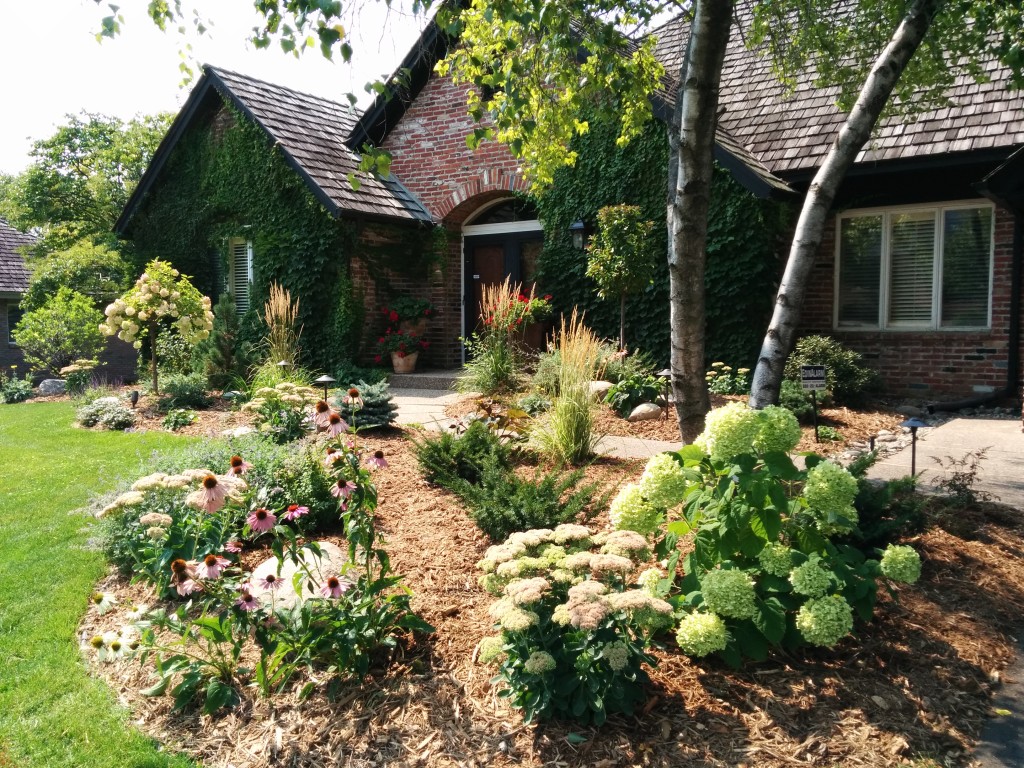
By the end of June, it is safe to say that summer is officially here! Everything is green and the growing season is in full swing. If your yard is like mine, everything has been planted and is ready for a bit of maintenance.
After the exciting planting season of May, it’s tempting to sit back and enjoy your garden, but now is the time to do the real work of gardening – tending to your plants and harvesting the fruits of your labor.
Yard and Garden Checklist
Restart your gardening engines and tick off a few tasks from June’s yard and garden checklist.
Everyone
- Water new and fragile plants as needed, especially during hot stretches
- Refill any bare spots of mulch before weeds move in
- Side dress soil with compost or fertilizer
- Watch for signs of nutrient deficiency in leaves
- Move houseplants outdoors and give them a bit of fresh air
- Keep water in birdbaths fresh and clean for our feathered friends
Ornamentals
- Deadhead frequently to encourage plants to continue blooming for a long season
- Pinch back flowers like asters, monarda, and helianthus to make them stockier and full of flower buds
- Vegetables
- Stop harvesting asparagus and rhubarb so they can build up reserves for next year
- Replace leafy greens like spinach that have bolted from the heat
- Plant any remaining warm season veggies like tomatoes, peppers and eggplant
- Continue blanching tender greens, celery and cauliflower
- Plant new batches of bush beans every couple of weeks to have a continuous harvest
- Stake tomato plants as they grow and pinch off any suckers if needed
- Use a couple drops of mineral oil on corn silks within a week after they appear to deter corn earworms
Trees and Shrubs
- Prune or shape evergreens as soon as new growth starts to turn a darker green
- Do maintenance pruning of wisteria once it finishes blooming to keep it in check
Pests
- Be vigilant for summer insects! Check leaves for eggs and nymphs regularly
- Watch for four-lined plant bug damage, especially with plants in the mint family
- Japanese beetles will be back in the summer months
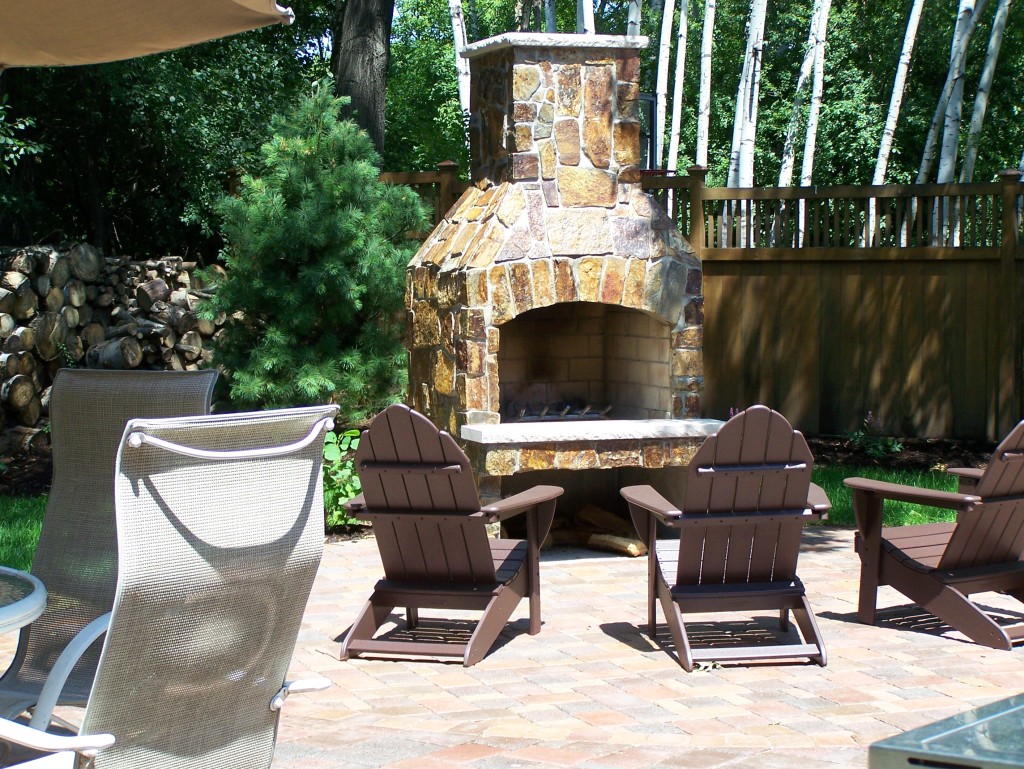
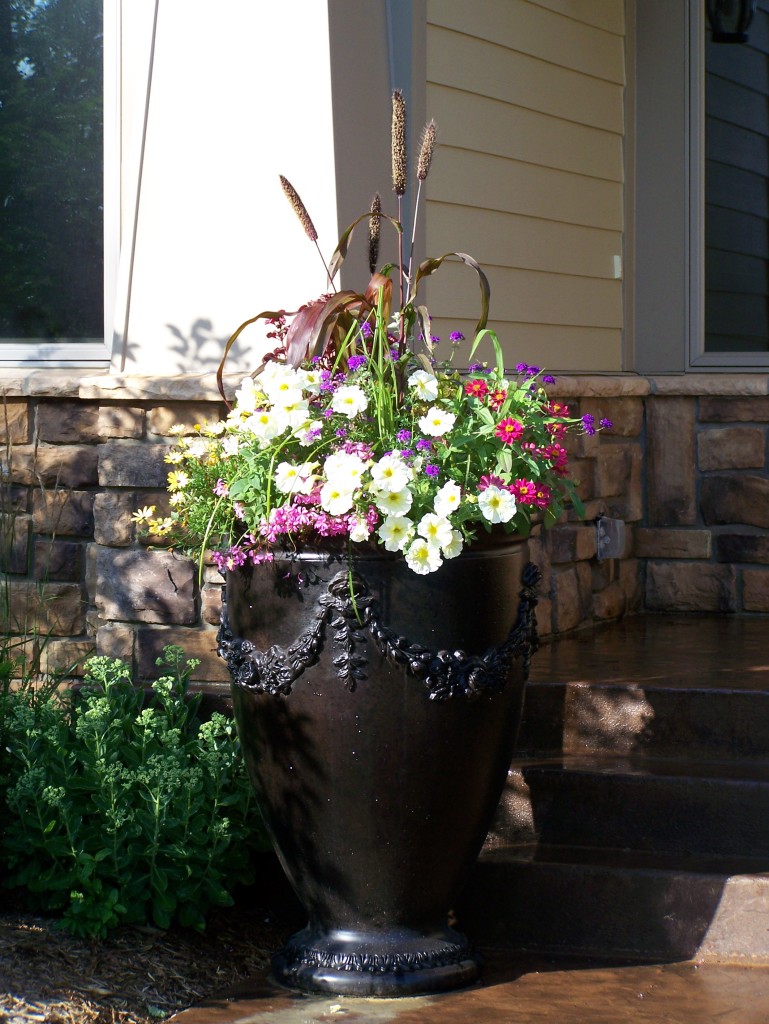
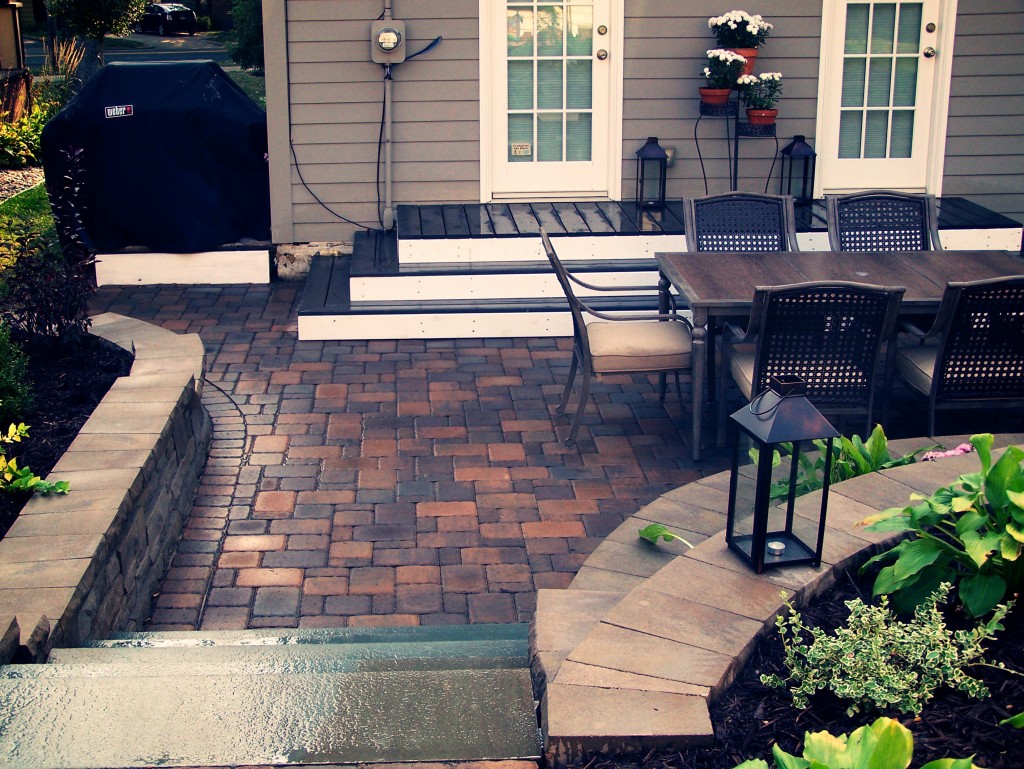
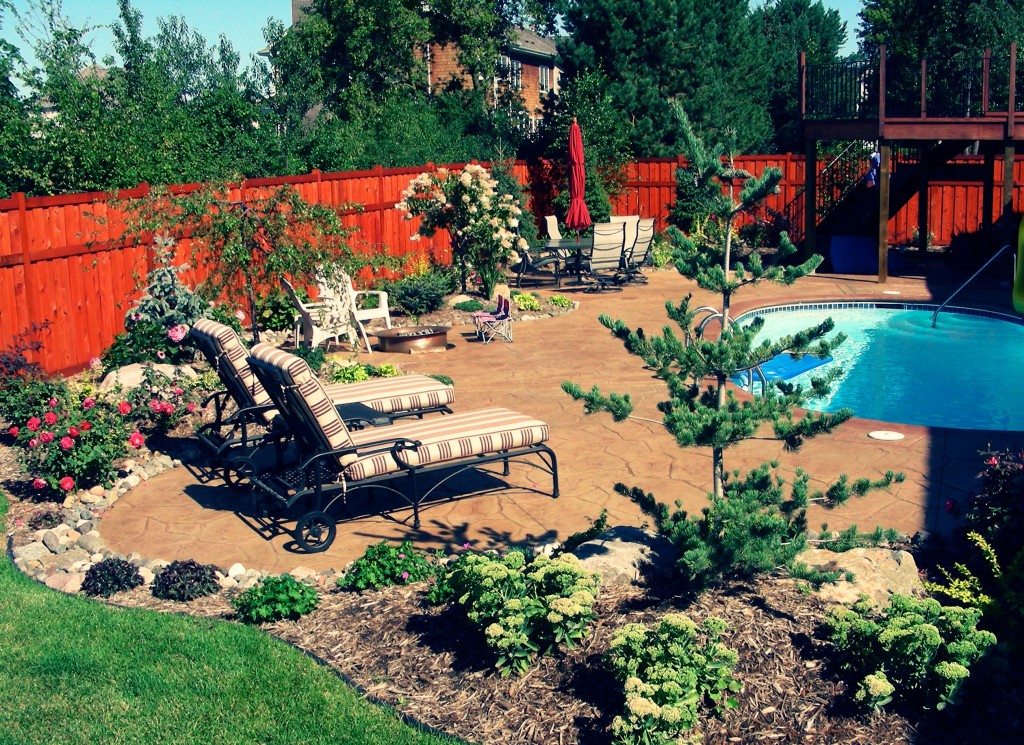
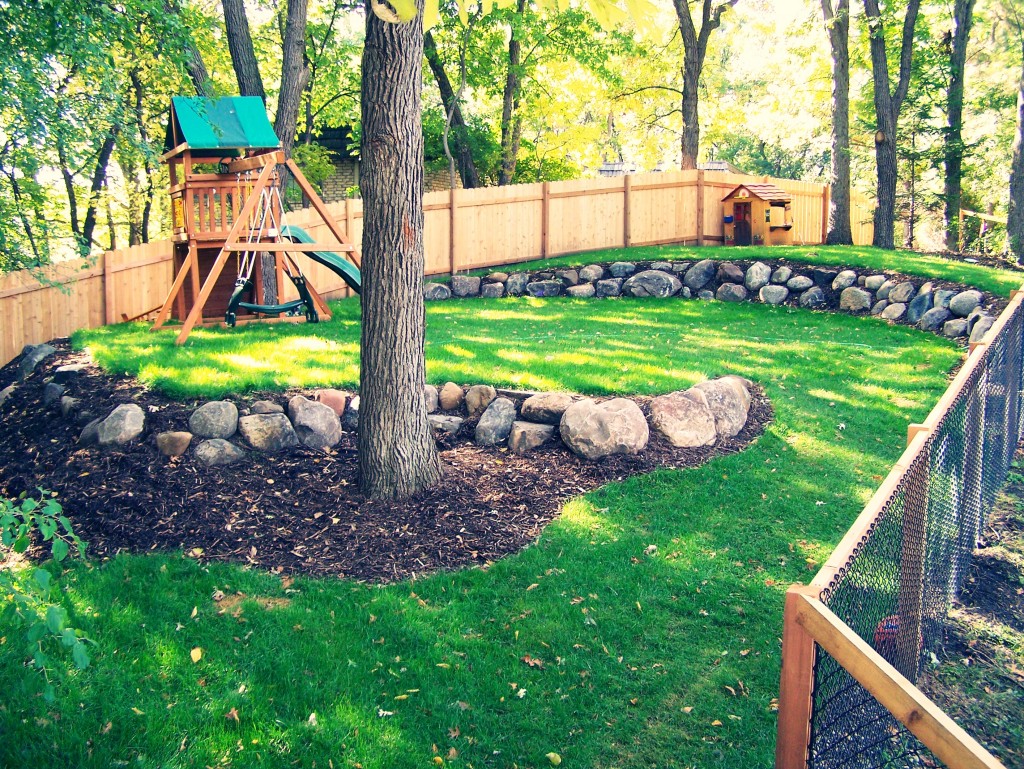
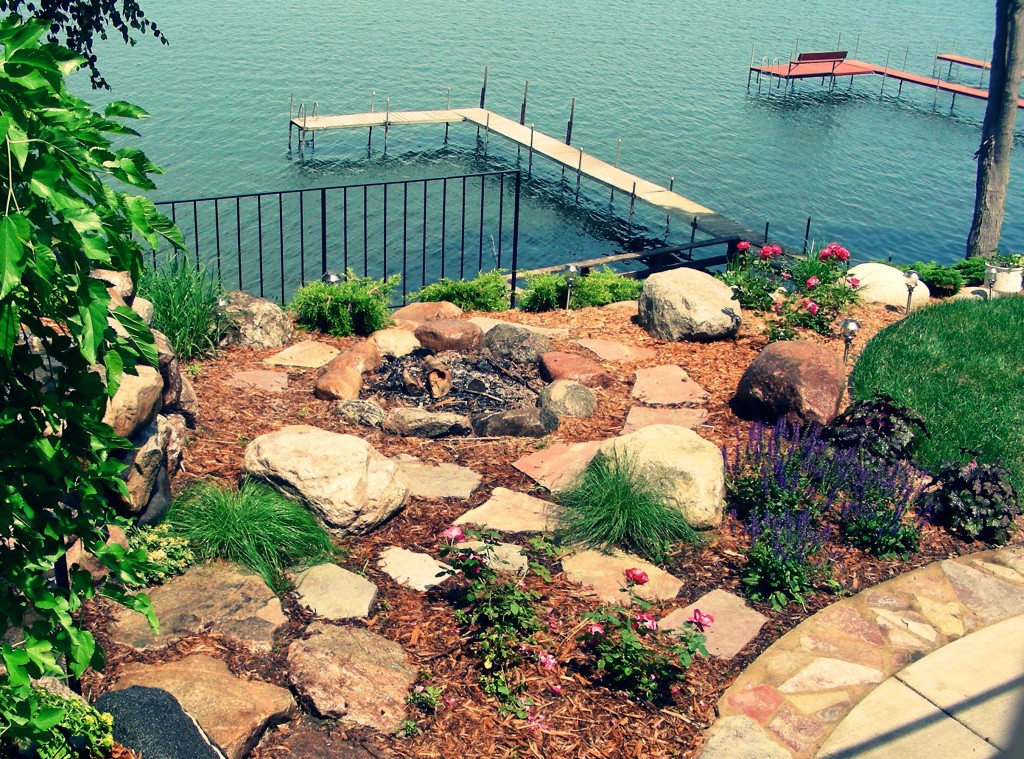
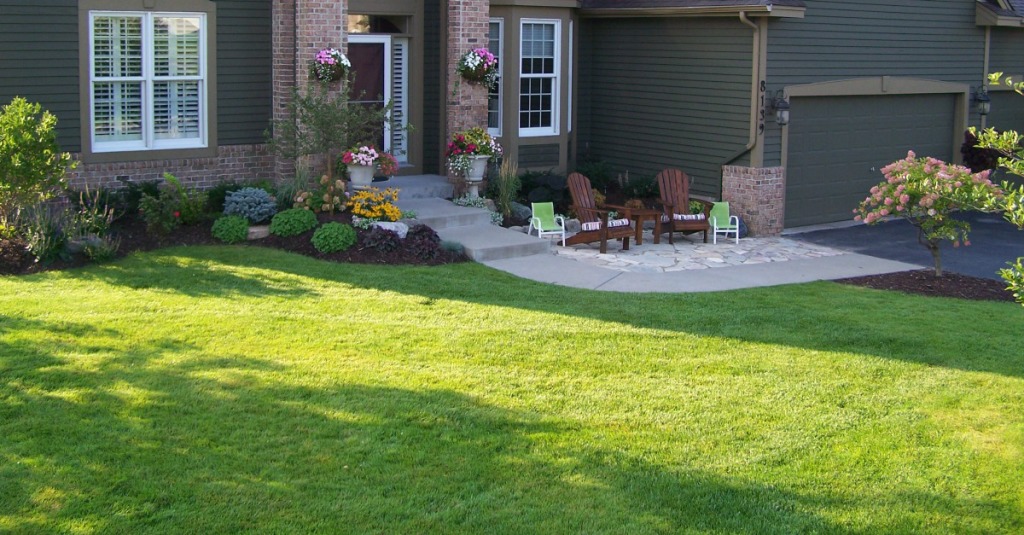
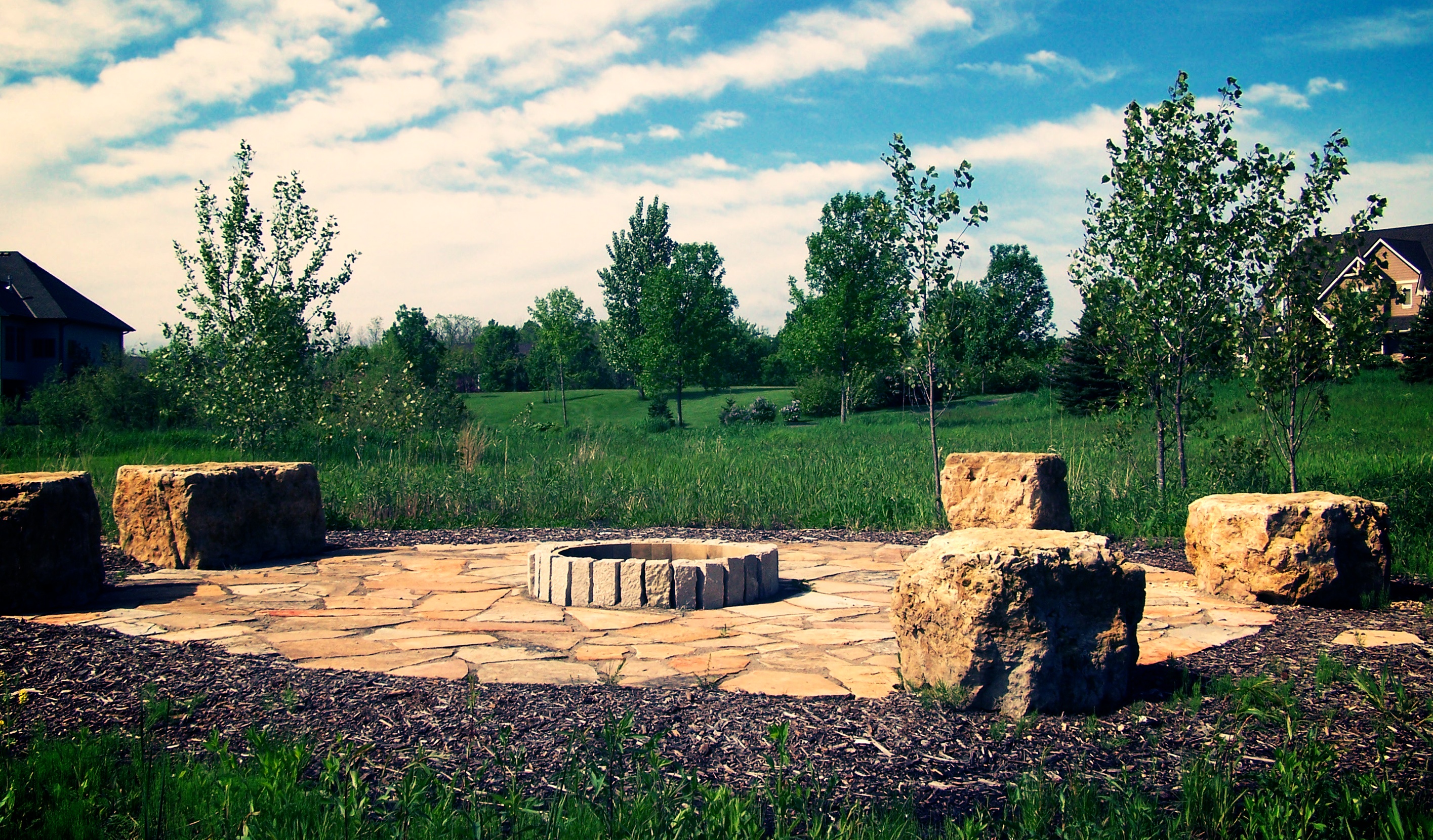
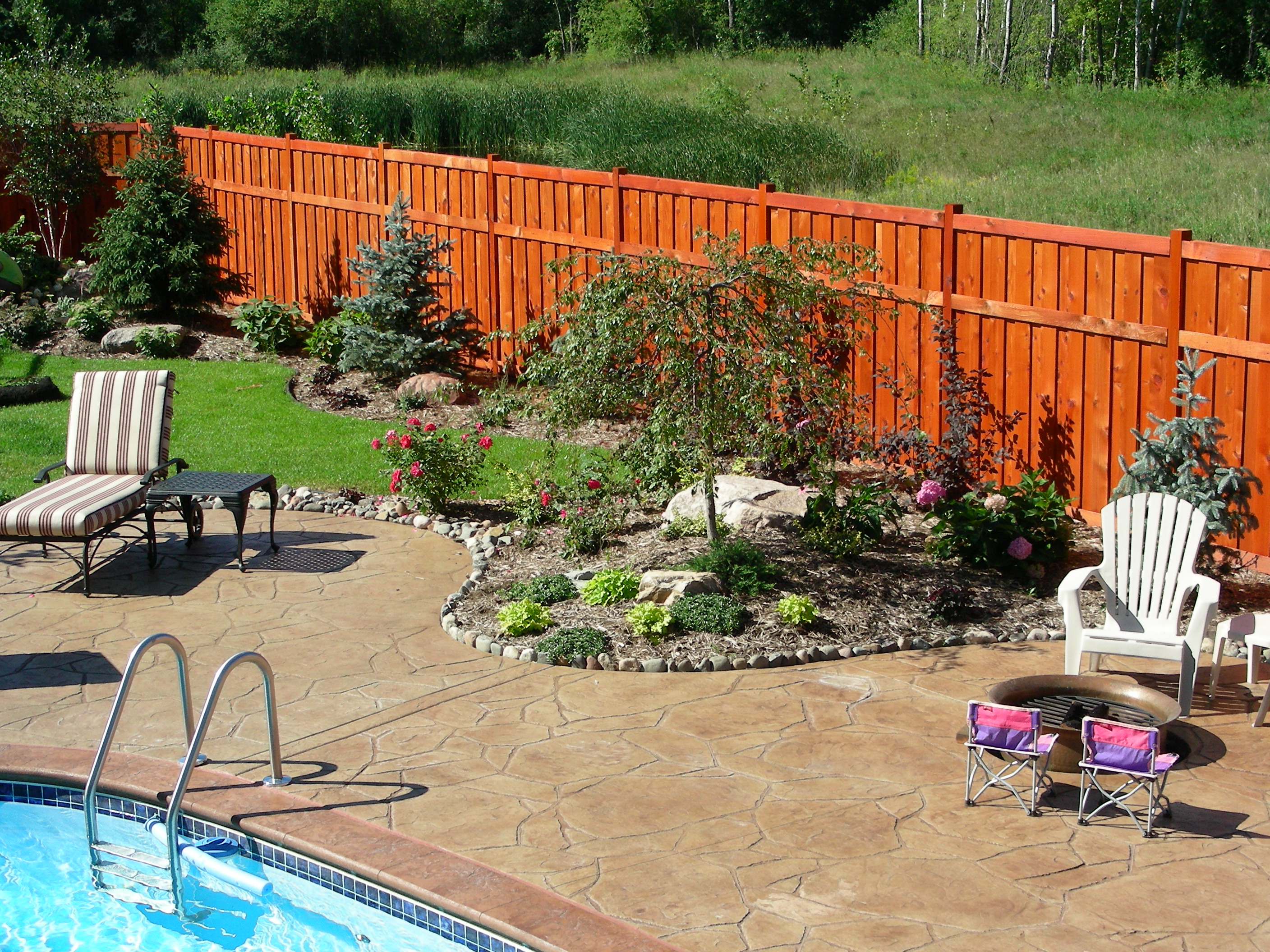
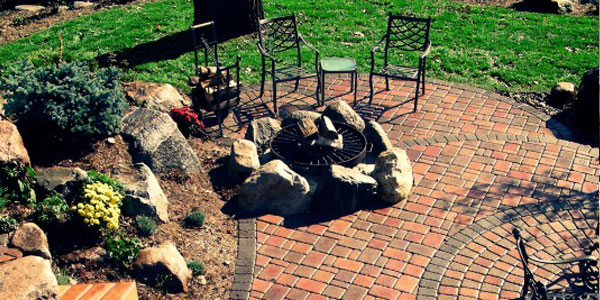
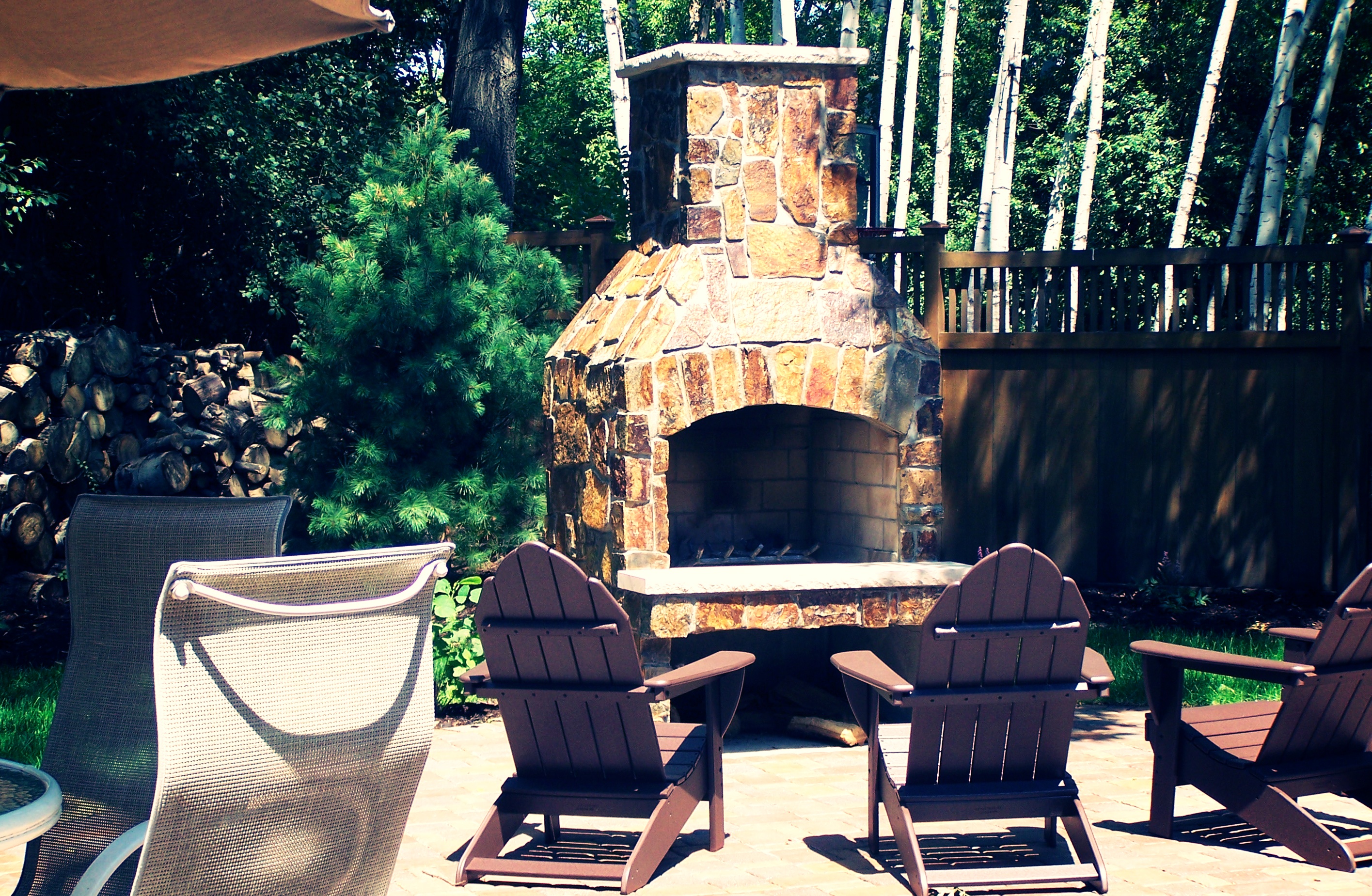
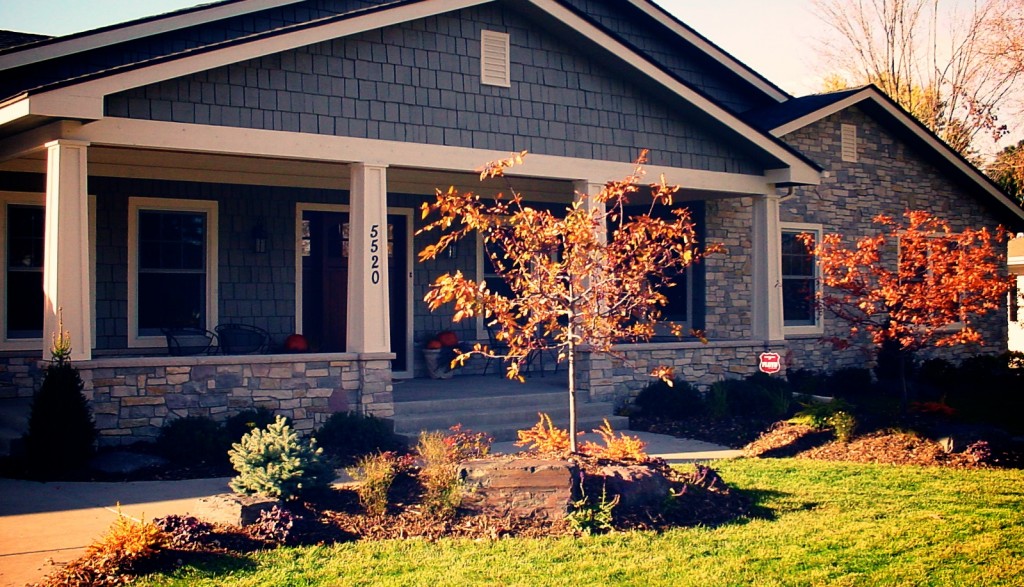
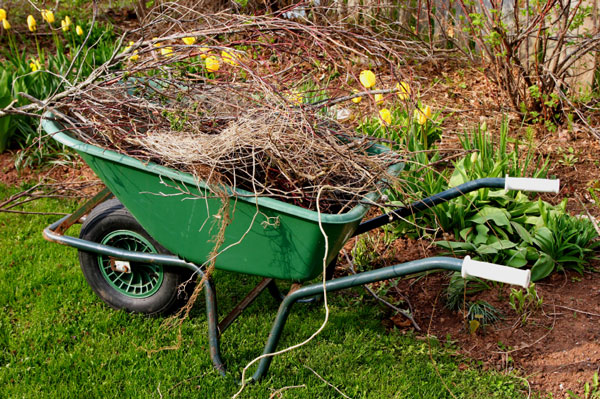
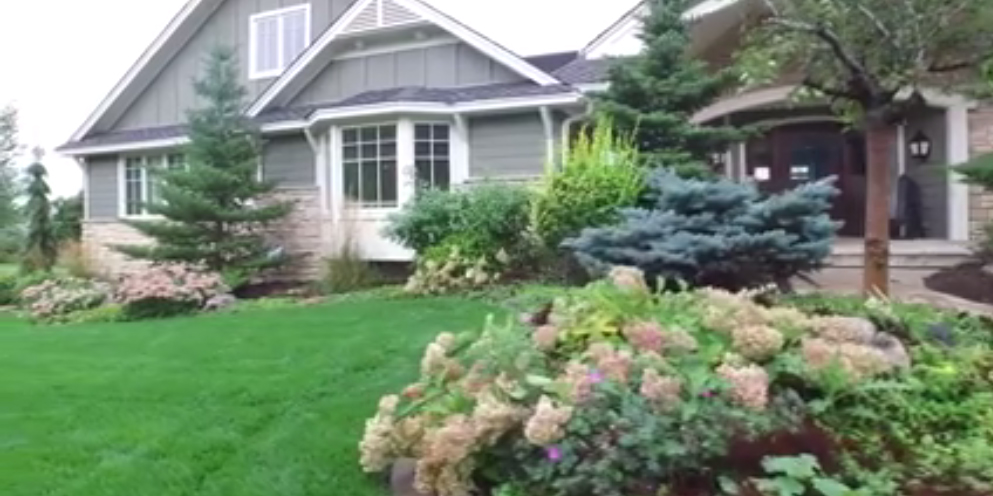 To give them the type of lawn the family wanted, the Great Goats team stripped out the old lawn and meticulously graded the exposed dirt. Then we installed lush Minnesota grown sod. A curved border separated the lawn from the landscaped areas and gentle berms were added to give the family a rolling contour instead of the typical flat front yard.
To give them the type of lawn the family wanted, the Great Goats team stripped out the old lawn and meticulously graded the exposed dirt. Then we installed lush Minnesota grown sod. A curved border separated the lawn from the landscaped areas and gentle berms were added to give the family a rolling contour instead of the typical flat front yard.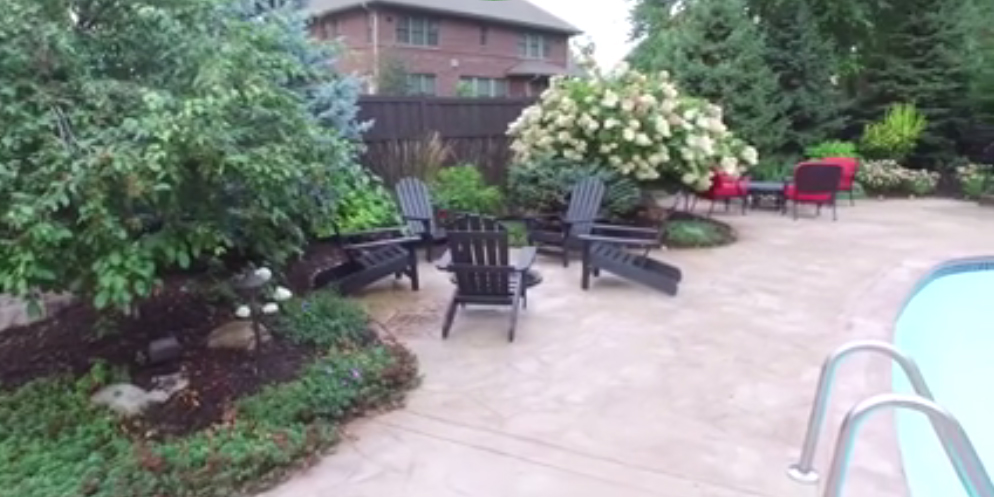 Two years later, the Great Goats team found themselves back at the same address. The family had recently build a new wooden deck off the second story, added a concrete deck around their swimming pool, and enclosed the back yard with a new fence. Once again the family’s main concern was privacy. The open fields that surrounded their backyard were slated for development and keeping a sense of peace and seclusion was a high priority.
Two years later, the Great Goats team found themselves back at the same address. The family had recently build a new wooden deck off the second story, added a concrete deck around their swimming pool, and enclosed the back yard with a new fence. Once again the family’s main concern was privacy. The open fields that surrounded their backyard were slated for development and keeping a sense of peace and seclusion was a high priority.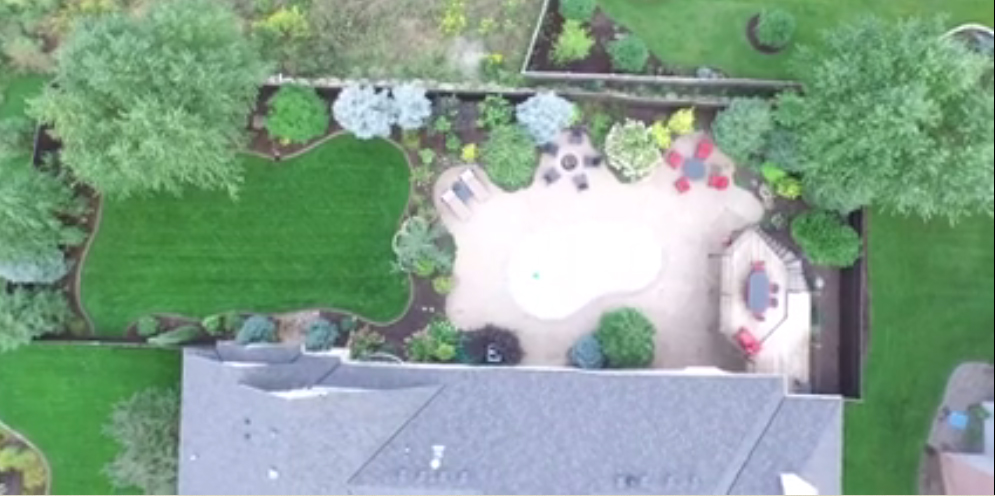
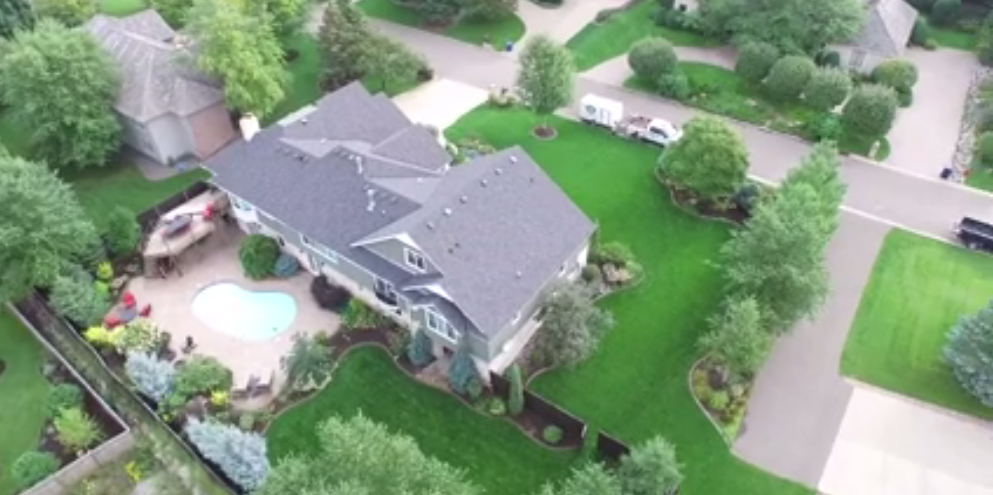
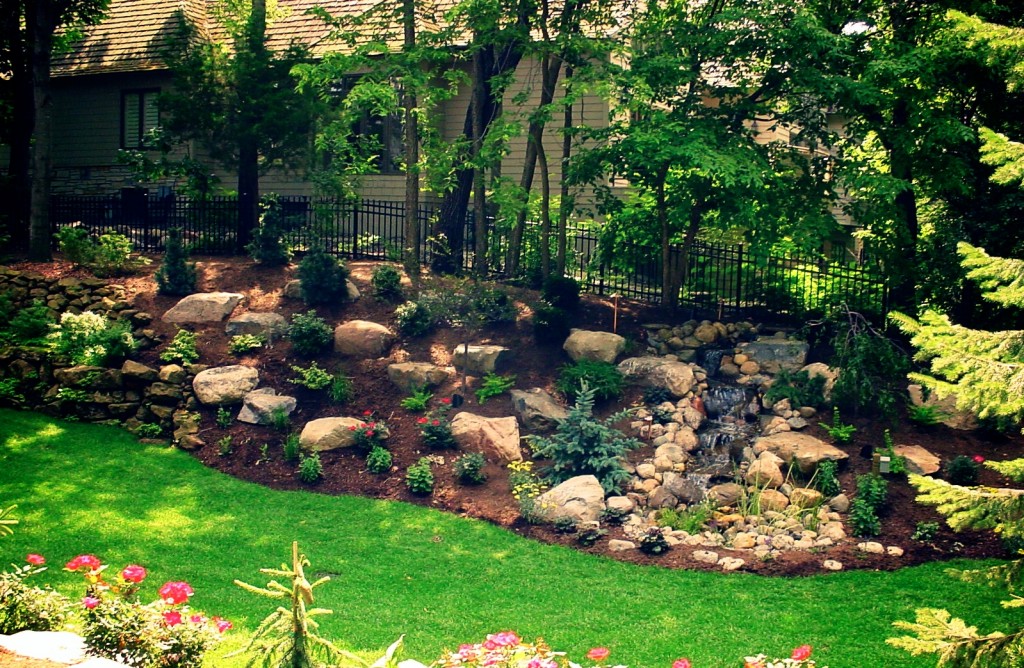
 Contact 612-483-GOAT
Contact 612-483-GOAT